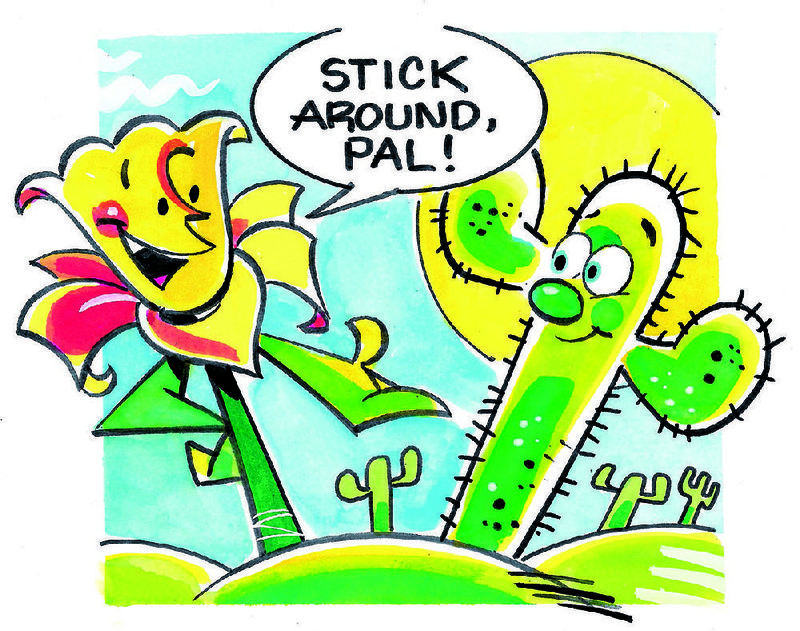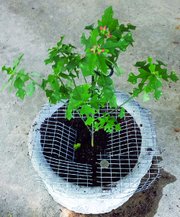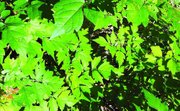Q I have a daffodil bed that I planted last winter. The flowers were beautiful this spring. I tried planting some wildflower annuals in the bed for the summer but they failed. Or more truthfully, I failed them. I have some parsley plants there that I hoped would be habitat for whichever butterflies like parsley. Now I'm wondering if I could make a succulent bed there. Do you think the daffodils would come up through sedum? I'm most interested in the daffodils surviving and thriving, of course. Oh, the bed is in partial shade, sunny in the spring until the trees get leafy. And not great soil.
A Daffodils can be under-planted around annual plants and will pop up in and around them. The same would be true I would think for succulents as long as they are not so dense that they would suppress bulb growth. I think such less-water-needy plants would be beneficial to the underground bulbs during the summer growing months, because you would not be keeping the area very moist. That being said, keep in mind that during the six-week period following bloom, the daffodils need sunlight and some care, water if necessary, since that is when they are setting their buds for the next spring.
Q Twenty percent to 30 percent of our hydrangea leaves were turning black, so I removed them as close to each cane as possible. I've been told the hydrangea won't bloom next year due to the leaf removal. Is this correct?
A I am assuming you are referring to big leaf hydrangea plants, which bloom either pink or blue in the summer. They do set their flower buds in late summer to early fall for the next summer's blooms, but if you only removed some of the foliage, you left behind some leaves to produce food for the plant. I see no reason you would not have flowers. Black foliage was not producing food anyway. Keep your fingers crossed.
Q When do I prune my peach tree?
A All fruit trees should be pruned every year in the winter, while they are dormant. Since home gardeners rarely have many trees, waiting until late February is the ideal time to do so.
Q Can you identify the attached plant, please? [Reader sent a photo.] There is an orange-red color on a few of the leaves. I can't find it in any of my books. Thanks.
A The plant in question is commonly called wild poinsettia or Fire on the Mountain (Euphorbia cyathophora). It is an annual plant that reseeds itself and can become a bit weedy, but I think it is an interesting plant for the garden. It is related to our holiday poinsettia.
Q Just wondering if you know what this bush is [reader included a photo]. A dear friend had this climbing over an arbor in her yard and the birds loved to perch in it. It did spread through her lawn but was kept at bay by mowing the sprouts. She called it "Arkansas Traveler," but I can't find anything by that name. We got a cutting when our friend passed and now it's in our yard. We call it the "Jetta" bush after our dear friend.
A Sometimes you need to be careful about what you plant. The vine in question is a weed, commonly called peppervine (Ampelopsis arborea). It can spread aggressively by underground runners and by seeds. The prolific grapelike vine produces compound leaves. Its inconspicuous pale green flowers are followed by small fruits that ripen in the fall. Birds do eat them, and drop the seeds, which helps disperse them. It is a native vine, but prone to becoming invasive. If it has sentimental value, continue to grow it, just monitor its spread.
Janet B. Carson is a horticulture specialist for the University of Arkansas Cooperative Extension Service. Write to her at 2301 S. University Ave., Little Rock, Ark. 72204 or email her at
jcarson@arkansasonline.com
HomeStyle on 08/25/2018


